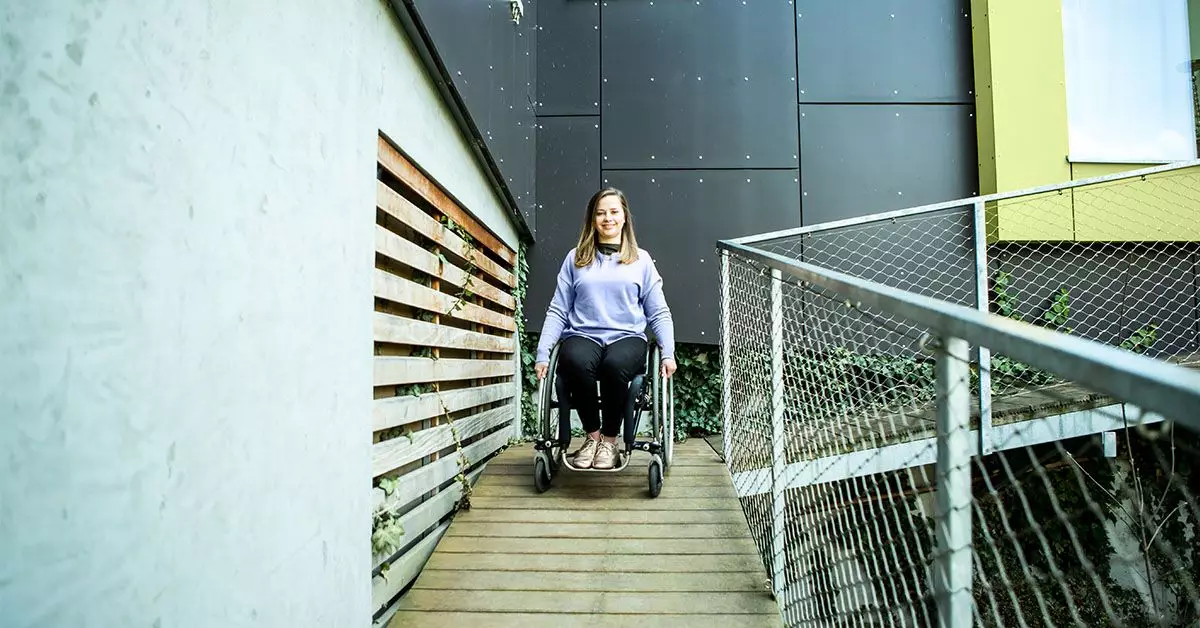Mobility refers to the capacity for movement, encompassing various physical attributes essential for performing daily activities. These attributes include strength, stamina, coordination, balance, and the overall range of motion across joints. Conversely, disability arises from impairments that hinder an individual’s ability to function in typical societal roles. It’s crucial to recognize that not all disabilities impact mobility directly; rather, they can manifest in numerous forms, including cognitive, sensory, and physical impairments. Therefore, the relationship between mobility and disability is neither straightforward nor binary; an individual can exhibit full mobility yet still face significant disabling challenges.
Disabilities can be categorized loosely into those that specifically impair mobility and those that do not. A ‘mobility disability’ pertains strictly to conditions that hinder movement, such as paralysis, arthritis, or muscular dystrophy. However, even those who experience mobility disabilities may retain some ability to move, albeit within limited parameters. For instance, someone may be able to walk short distances but experience profound fatigue when attempting to do so over longer periods.
Moreover, many disabilities are not visible, leading to misunderstandings about the experiences of those who live with them. Thus, the implications of disability extend beyond physical mobility, stressing the importance of understanding the nuanced ways in which disabilities manifest in people’s lives.
The definitions of disability vary widely across different contexts. In the legal realm, particularly within frameworks like the Americans with Disabilities Act (ADA) in the United States, a disability is recognized through specific criteria that determine eligibility for governmental supports and protections. This model necessitates a concrete assessment of one’s capability to engage in ‘substantial gainful activity,’ which can lead to rigid categorizations of disability status.
The medical model of disability, on the other hand, frames disability primarily as a health issue. Here, the focus lies on medical diagnoses and the severity of symptoms, which can often pathologize the experiences of individuals with disabilities rather than consider how social and environmental factors contribute to their challenges. This perspective has garnered criticism from disability rights advocates who argue it overlooks the systemic barriers that exacerbate the difficulties faced by disabled individuals.
In contrast, the social model of disability proposes that societal structures, including physical, economic, and policy-related barriers, play a significant role in the lived experiences of those with impairments. This viewpoint asserts that what we deem a “disability” often stems from how society is organized, rather than solely individual impairments. For example, an autistic individual may navigate the world better in environments that are mindful of sensory sensitivities, highlighting how accessibility can significantly influence the quality of life.
Mobility Impairments: Examples and Implications
Mobility impairments encompass a variety of conditions that may limit a person’s ability to move independently. Typical examples include joint and limb paralysis, coordination difficulties, muscular weakness, and limited stamina. Each of these impairments presents distinct challenges. For instance, individuals who face difficulty with balance may experience heightened risks of falling, impacting their ability to navigate spaces safely.
Continual efforts are crucial in raising awareness about mobility impairments and ensuring that supports and accommodations are available. While conditions may vary, solutions often involve modifying environments to enhance accessibility. This can take the form of installing ramps, adjusting workspaces, or providing assistive devices that are suited to individual needs.
Support Mechanisms and Accommodations
The importance of accommodations in workplaces and academic settings cannot be overstated. Under legislations like the ADA, employers and educational institutions are mandated to implement changes that facilitate access for individuals with disabilities. Accommodations can include physical modifications as well as policy adjustments that allow for flexible working hours or the option to work remotely.
In addition to accommodations, various support systems exist to assist individuals with mobility disabilities in leading fulfilling lives. From financial assistance programs to job training and advocacy resources, these mechanisms play an essential role in promoting independence and reducing discrimination against disabled persons. Additionally, organizations dedicated to disability rights serve as valuable resources for education and support.
Mobility and disability are interconnected yet distinct concepts that require nuanced understanding and consideration. Mobility, while fundamental to daily life, is only one aspect of a larger framework of human experience. Recognizing the diversity of disabilities and creating an inclusive society demands attentiveness to both physical and attitudinal barriers that individuals face. By advocating for accessibility, fostering understanding, and establishing supportive environments, we can empower all individuals, regardless of their mobility status, to fully participate in society.

